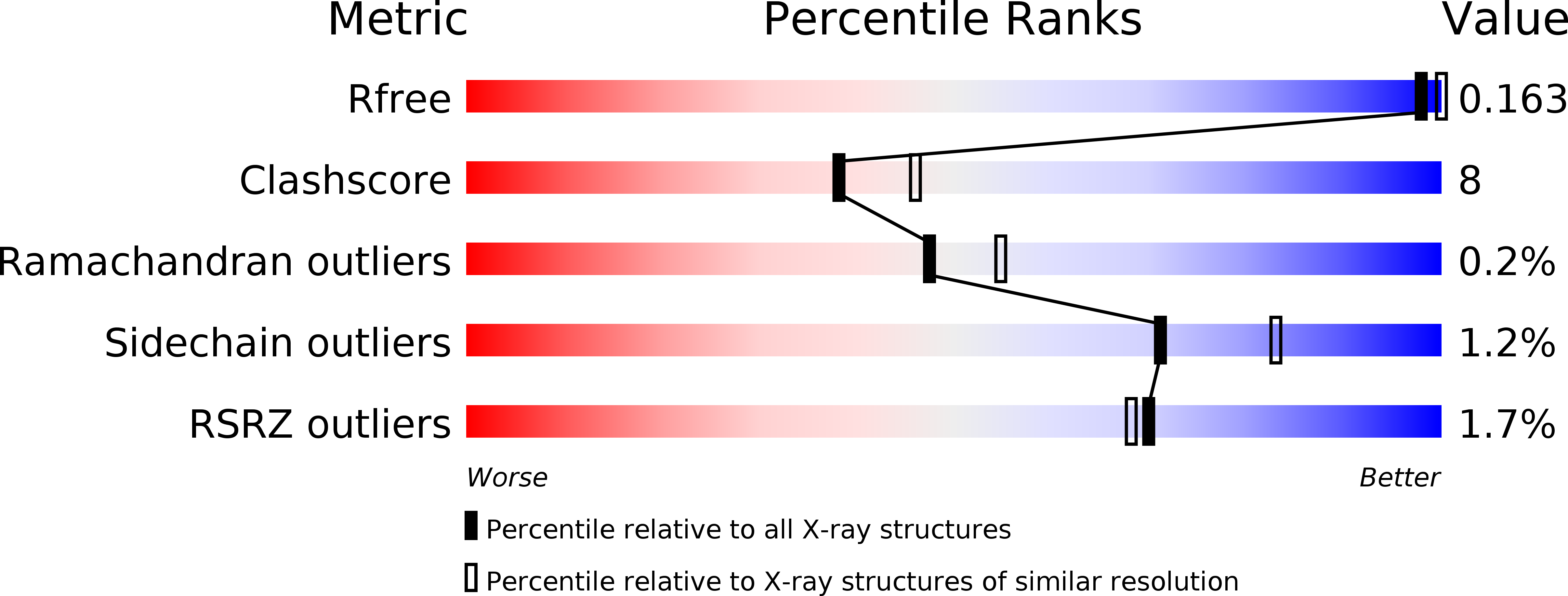
Deposition Date
2002-01-29
Release Date
2002-10-02
Last Version Date
2024-03-13
Entry Detail
PDB ID:
1KWK
Keywords:
Title:
Crystal structure of Thermus thermophilus A4 beta-galactosidase in complex with galactose
Biological Source:
Source Organism:
Thermus thermophilus (Taxon ID: 274)
Host Organism:
Method Details:
Experimental Method:
Resolution:
2.20 Å
R-Value Free:
0.20
R-Value Work:
0.16
R-Value Observed:
0.16
Space Group:
P 3 2 1


